
Down

Over


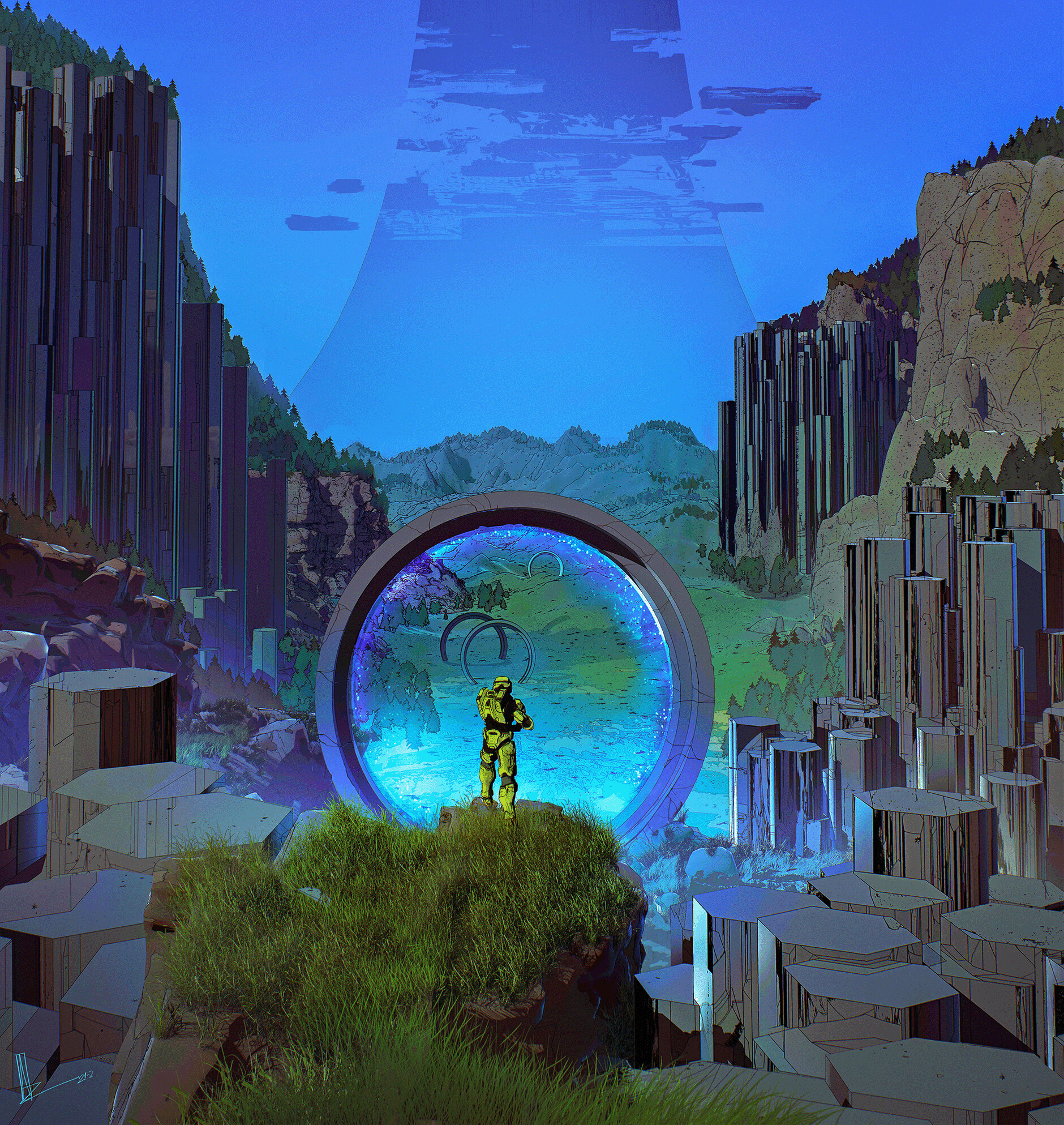
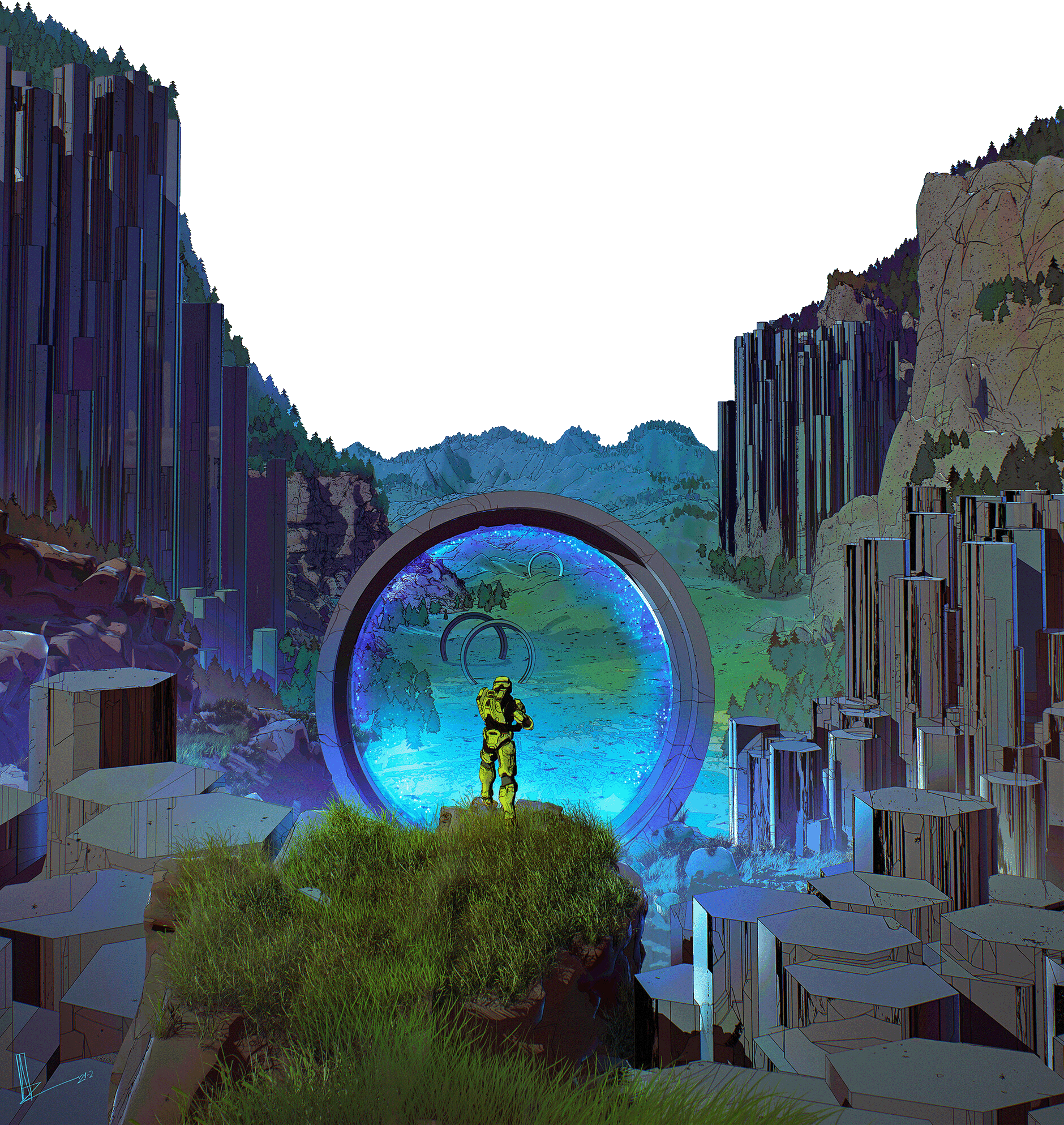
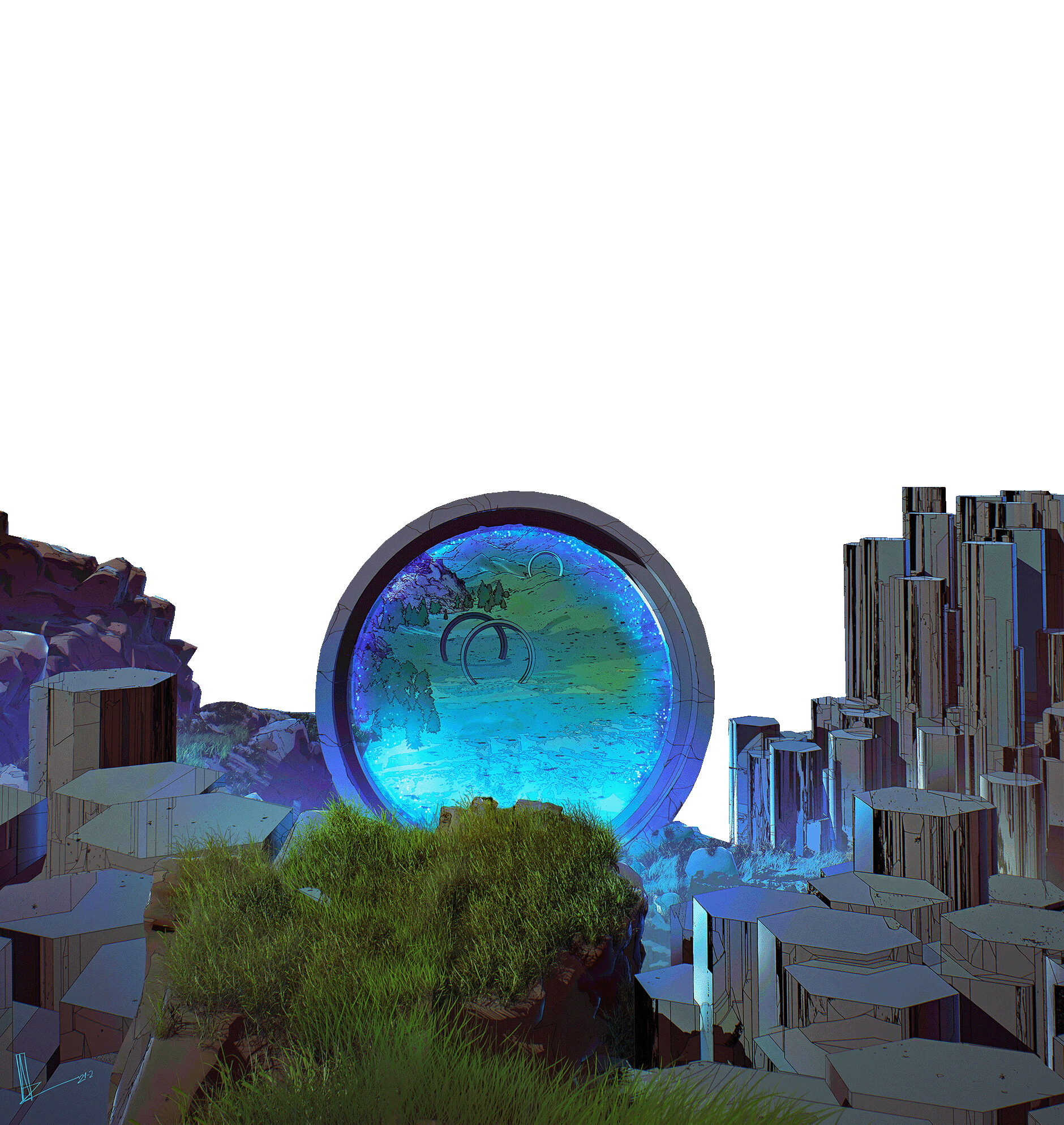
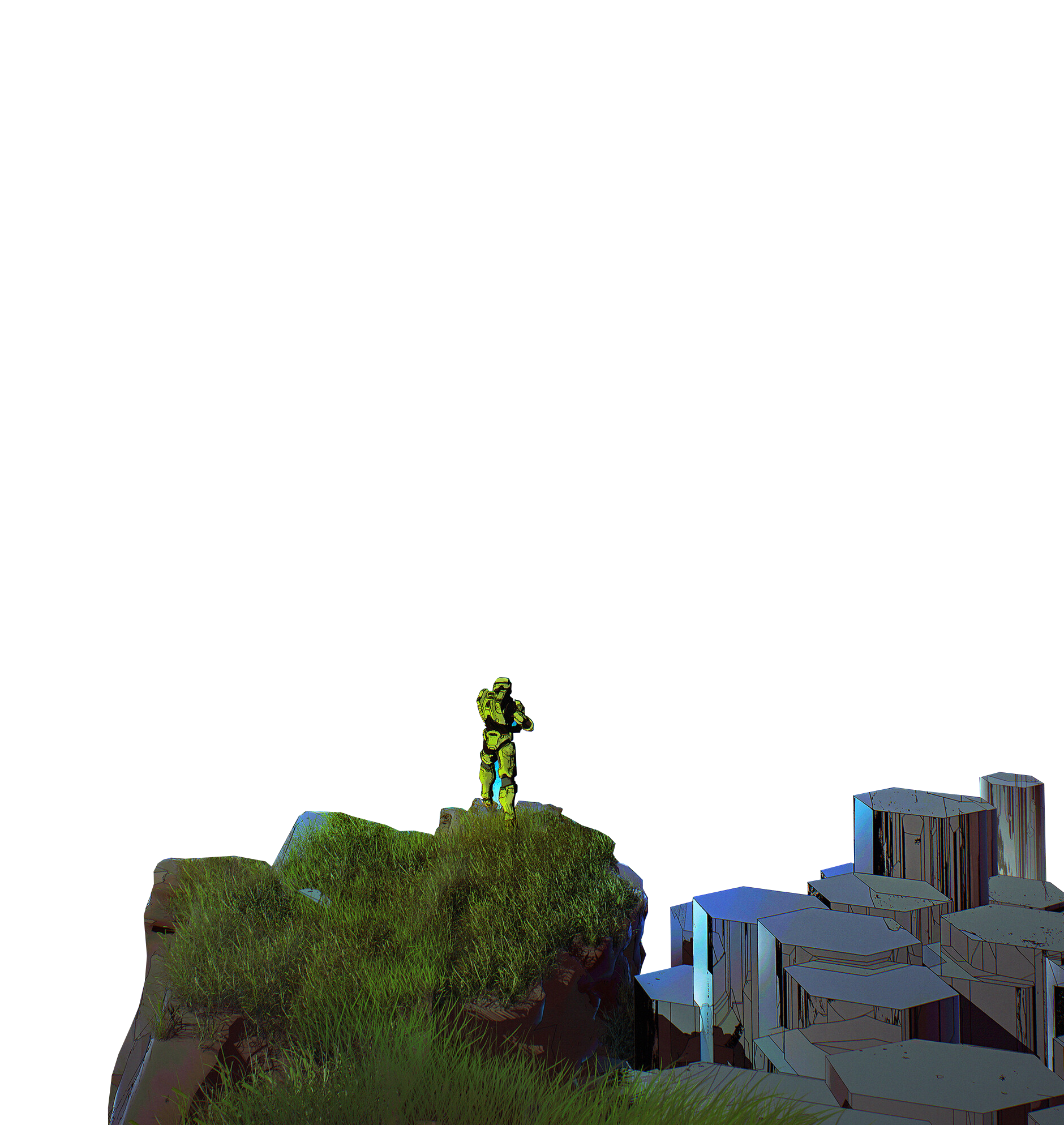
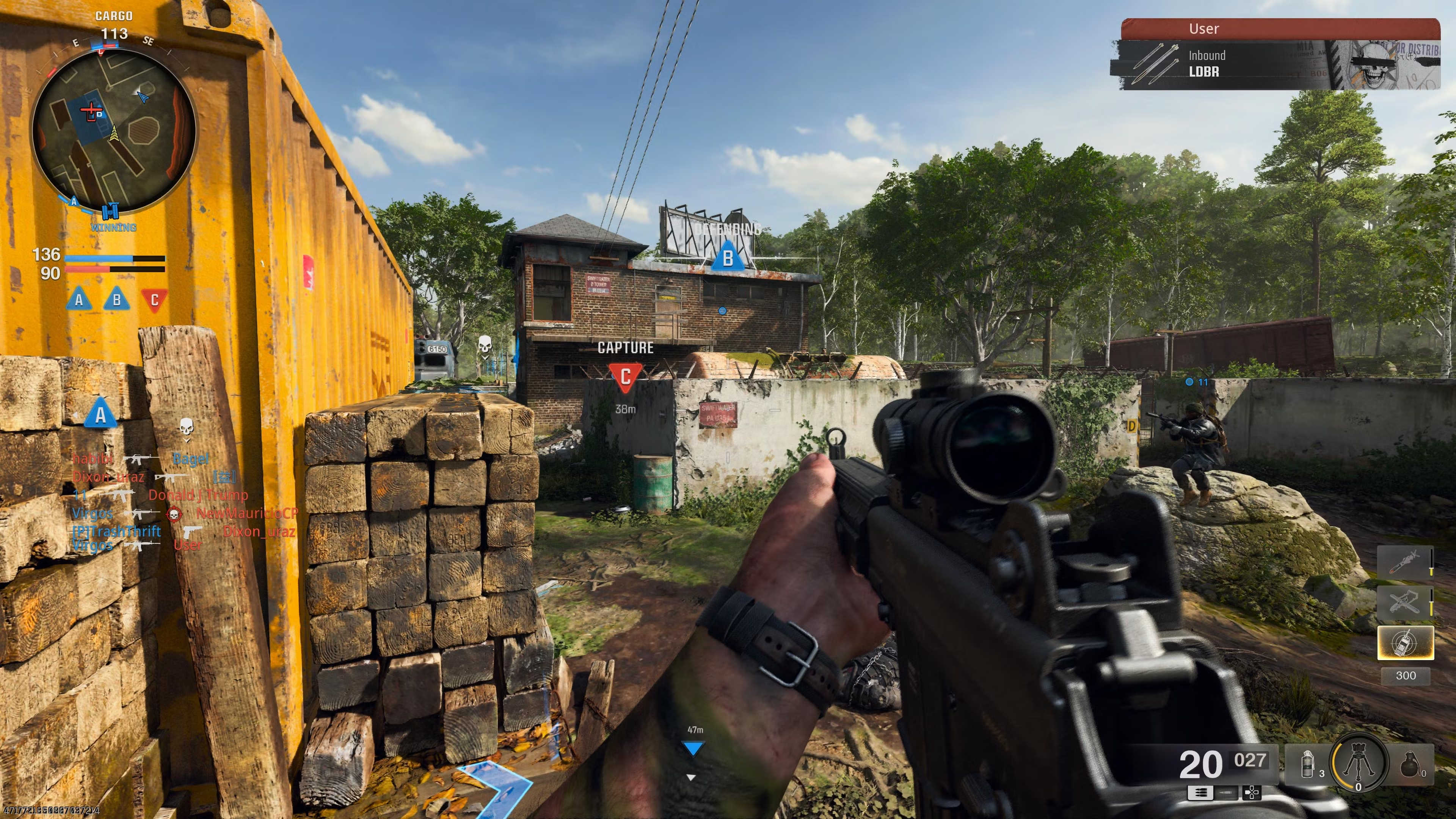
Non-diegetic UI is probably the most common, it refers to user interface elements in a game or experience that exist outside the story world. meaning the characters can’t see or interact with them, but the player can. Think of it as UI for players, not the character.
We use Non-diegetic UI as It's an efficient way to quickly convey key inforomation to the player. It provides familiarity, Players are used to reading these cues, Making them great for complex systems such as RPGs, shooters, and strategy games.
A great example of this would be Dead Space, where you play as the main protagonist Isaac Clarke,
A ship engineer struggle to survive the Necromorph scourge. Throughout the game you get a
3rd person view of Isaacs suit.
The diegetics comes into play when you learn that your characters health bar,
is that glowing blue level on the back of his suit. And the amount of ammo he has left,
Is displayed on a screen ontop of his weapon.
These are both great examples of Diegetic UI, meaning both the player and the character
experience the UI at the same time.
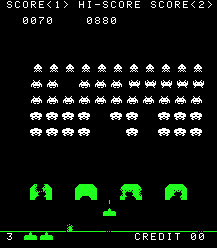
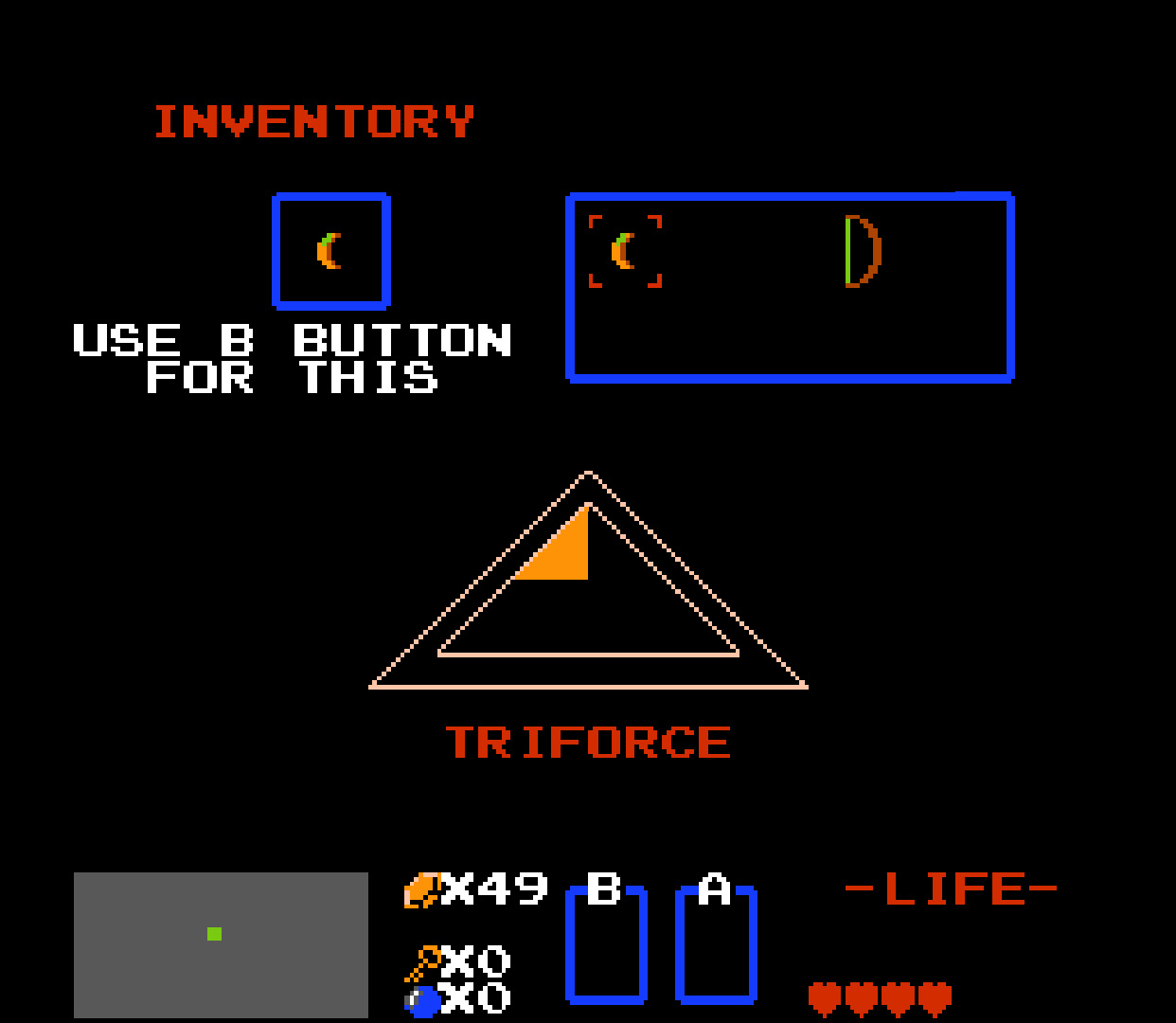
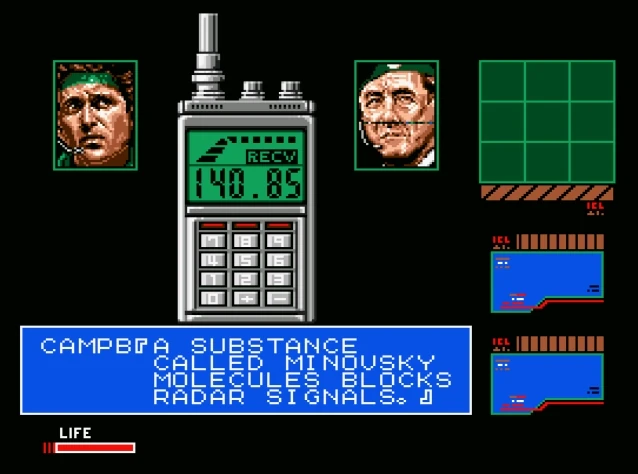
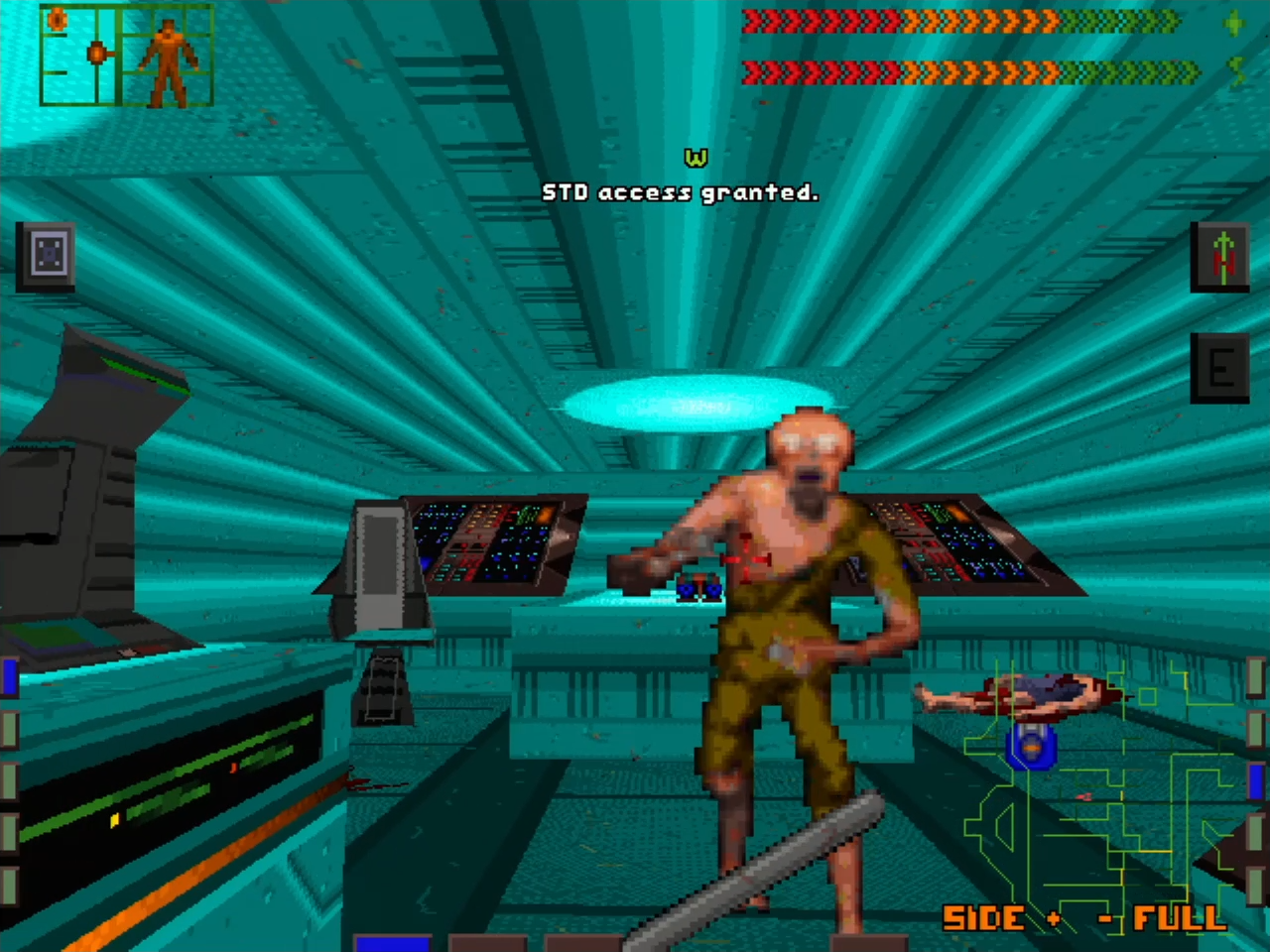
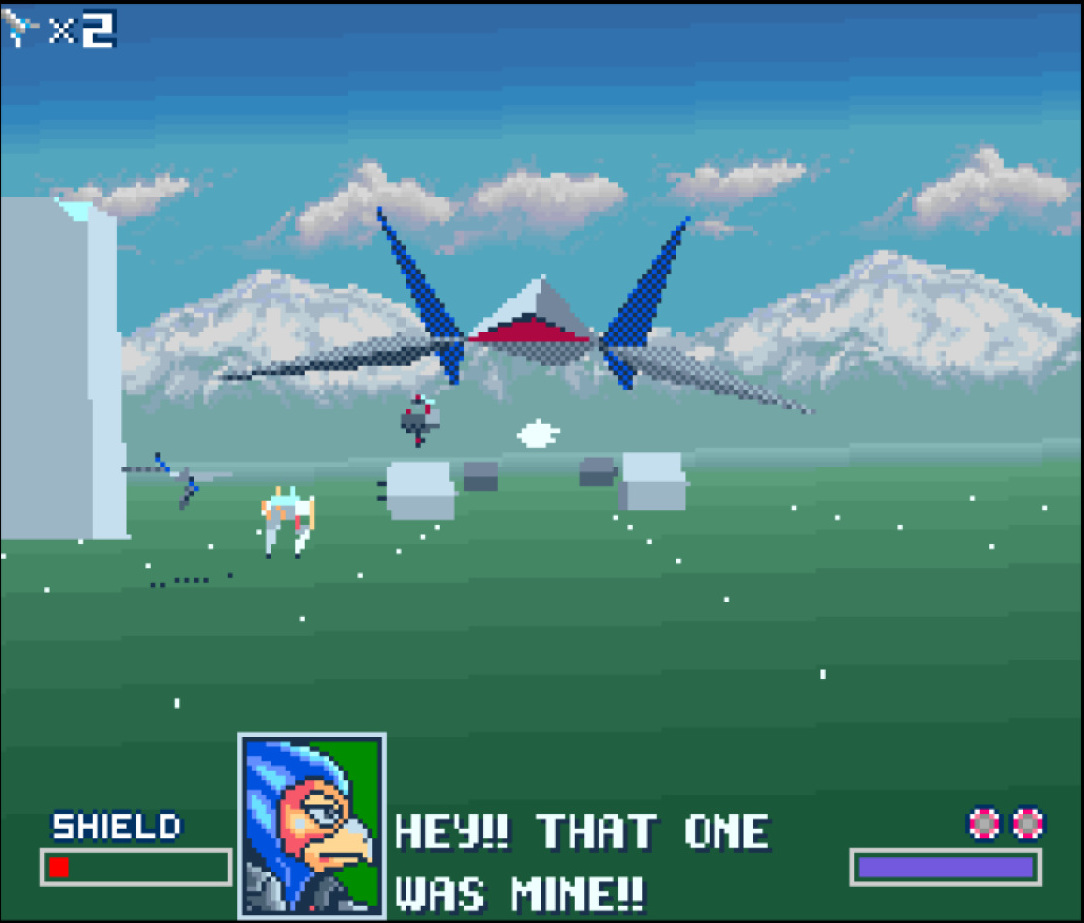
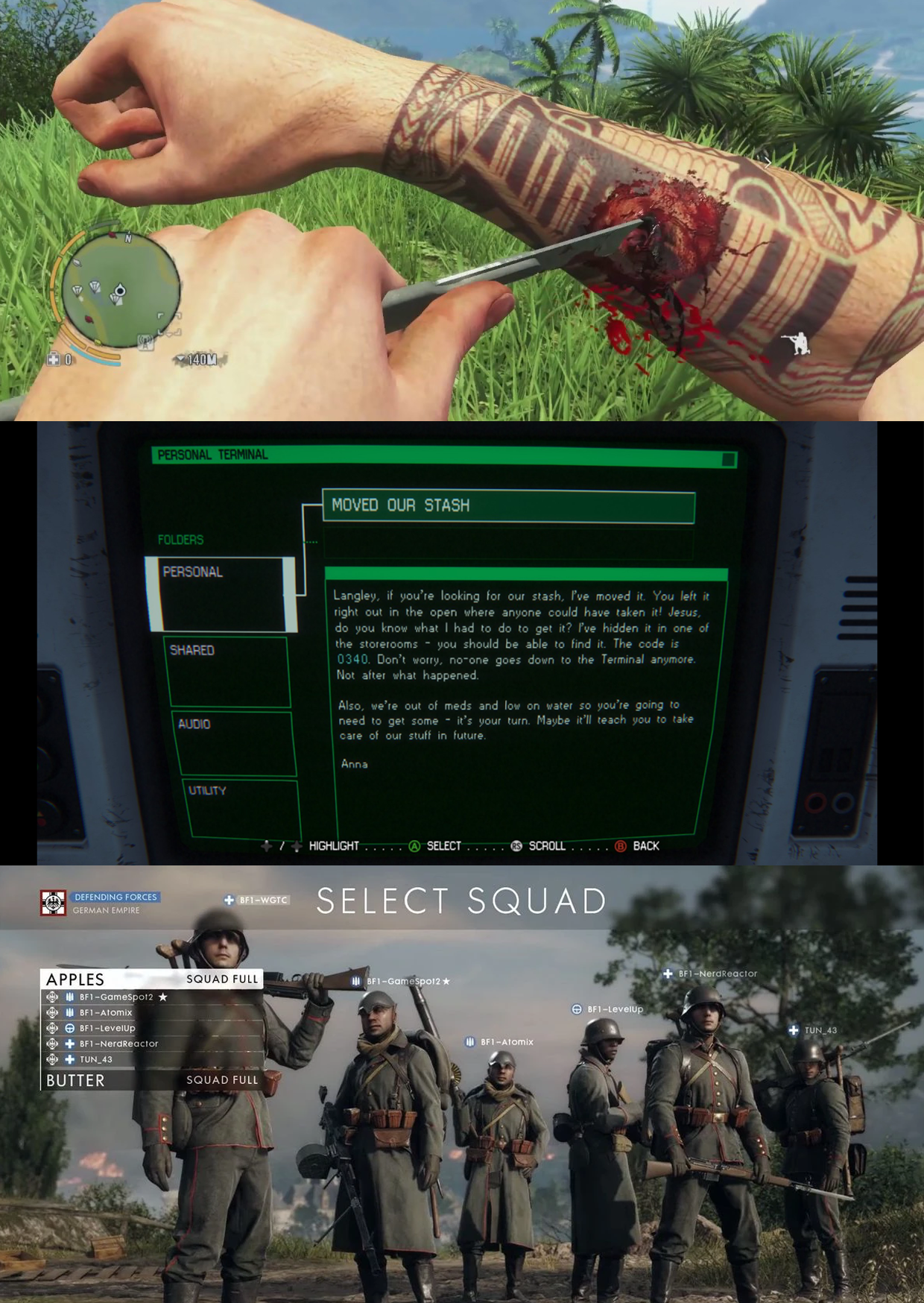
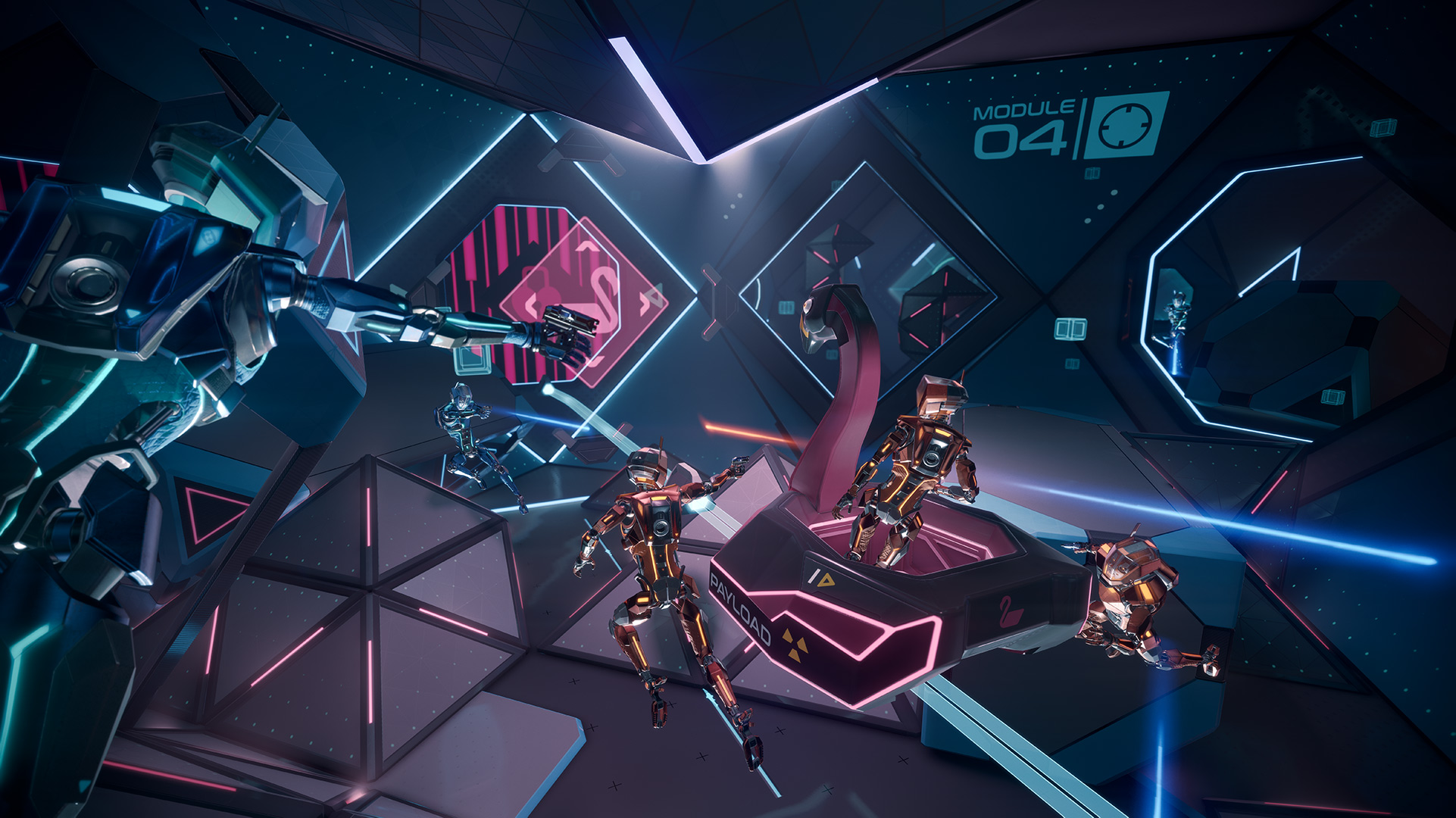
Lorem ipsum dolor sit amet, consectetur adipiscing elit. Suspendisse varius enim in eros elementum tristique. Duis cursus, mi quis viverra ornare, eros dolor interdum nulla, ut commodo diam libero vitae erat. Aenean faucibus nibh et justo cursus id rutrum lorem imperdiet. Nunc ut sem vitae risus tristique posuere.
Lorem ipsum dolor sit amet, consectetur adipiscing elit. Suspendisse varius enim in eros elementum tristique. Duis cursus, mi quis viverra ornare, eros dolor interdum nulla, ut commodo diam libero vitae erat. Aenean faucibus nibh et justo cursus id rutrum lorem imperdiet. Nunc ut sem vitae risus tristique posuere.
Lorem ipsum dolor sit amet, consectetur adipiscing elit. Suspendisse varius enim in eros elementum tristique. Duis cursus, mi quis viverra ornare, eros dolor interdum nulla, ut commodo diam libero vitae erat. Aenean faucibus nibh et justo cursus id rutrum lorem imperdiet. Nunc ut sem vitae risus tristique posuere.
Lorem ipsum dolor sit amet, consectetur adipiscing elit. Suspendisse varius enim in eros elementum tristique. Duis cursus, mi quis viverra ornare, eros dolor interdum nulla, ut commodo diam libero vitae erat. Aenean faucibus nibh et justo cursus id rutrum lorem imperdiet. Nunc ut sem vitae risus tristique posuere.
Diegetic UI is a type of interface that exists within the world of the story or game. Meaning the characters can see and interact with it too. It blends seamlessly into the narrative and environment, Making it feel like a natural part of the world rather than an overlay just for the player.
We use it because it deepens immersion, feels more “real” and less like a video game. It enhances out storytelling, tying the UI directly to the game world, As well as supports world-building. This shows players how characters interact with tech or environments.
Non-diegetic UI is probably the most common, it refers to user interface elements in a game or experience that exist outside the story world. meaning the characters can’t see or interact with them, but the player can. Think of it as UI for players, not the character.
We use Non-diegetic UI as It's an efficient way to quickly convey key inforomation to the player. It provides familiarity, Players are used to reading these cues, Making them great for complex systems such as RPGs, shooters, and strategy games.
Meta UI exists between the game world and the player. It’s not fully part of the game world like diegetic UI, but it’s also not completely outside it like non-diegetic UI. It's often used to show emotional, environmental, or narrative effects that are felt by the player and reflect something happening to the character, even though it's not literally seen in the game world.
Meta UI sits in that beautiful gray area, blending gameplay feedback with narrative and emotion, often used for immersive, story-driven games, building emotional immersion as well as adding mood, tension, and feedback without adding interface clutter.Keeps the player aware of character states in a cinematic way.
Spatial UI (also known as 3D UI) refers to user interface elements that exist in the game world, but unlike diegetic UI, they are not meant to be seen or interacted with by the characters, only by the player. They're placed in the 3D environment to create a more immersive experience, but they still serve the player's perspective only.
These spatial elements help the player navigate and interact with the game world without the characters noticing. we use it to enhances the users immersion by tying UI to the environment. Helping with spatial awareness, where to go and what to do. This makes the game world feel more dynamic and responsive.